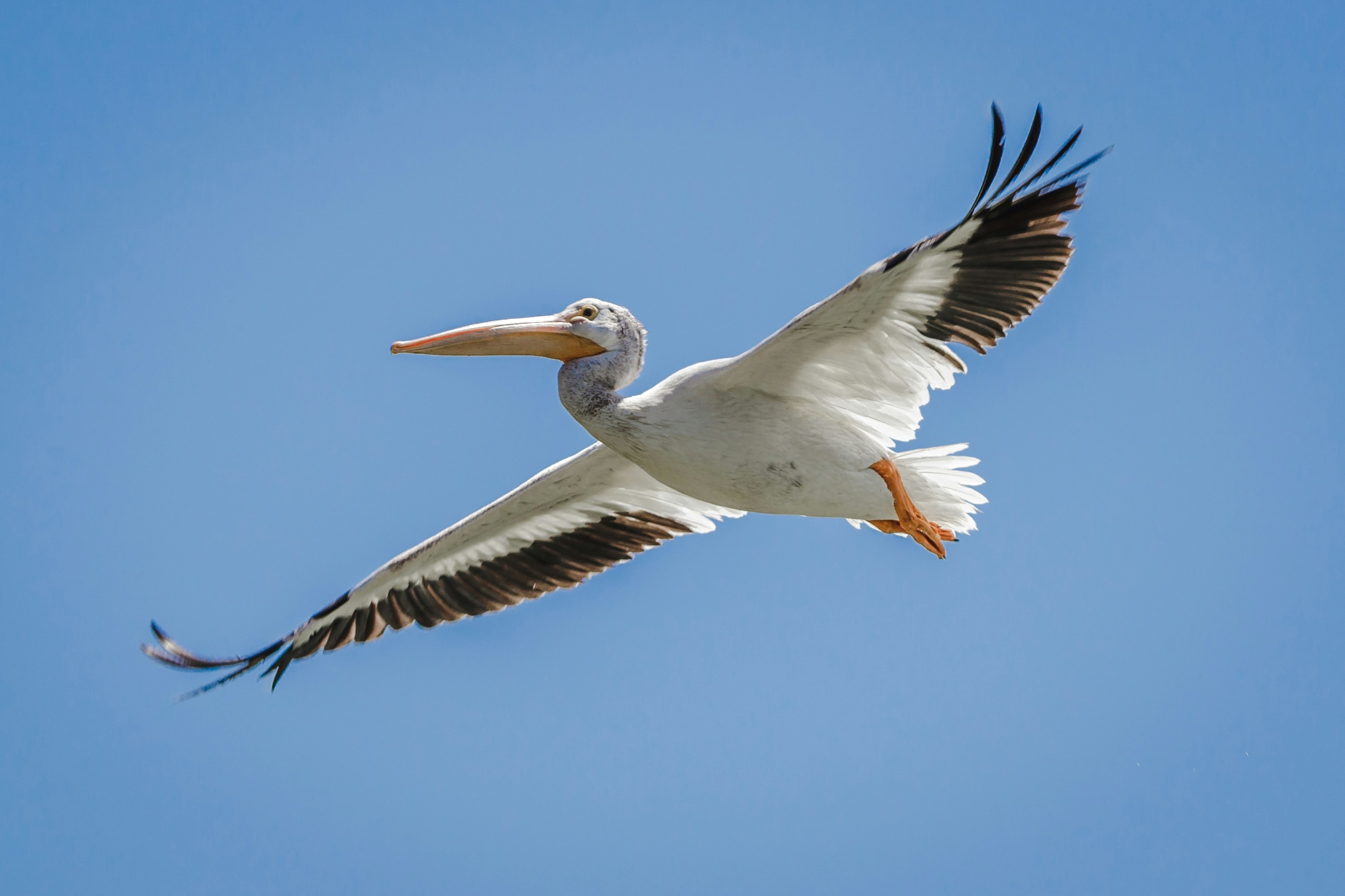THE COUGAR FUND
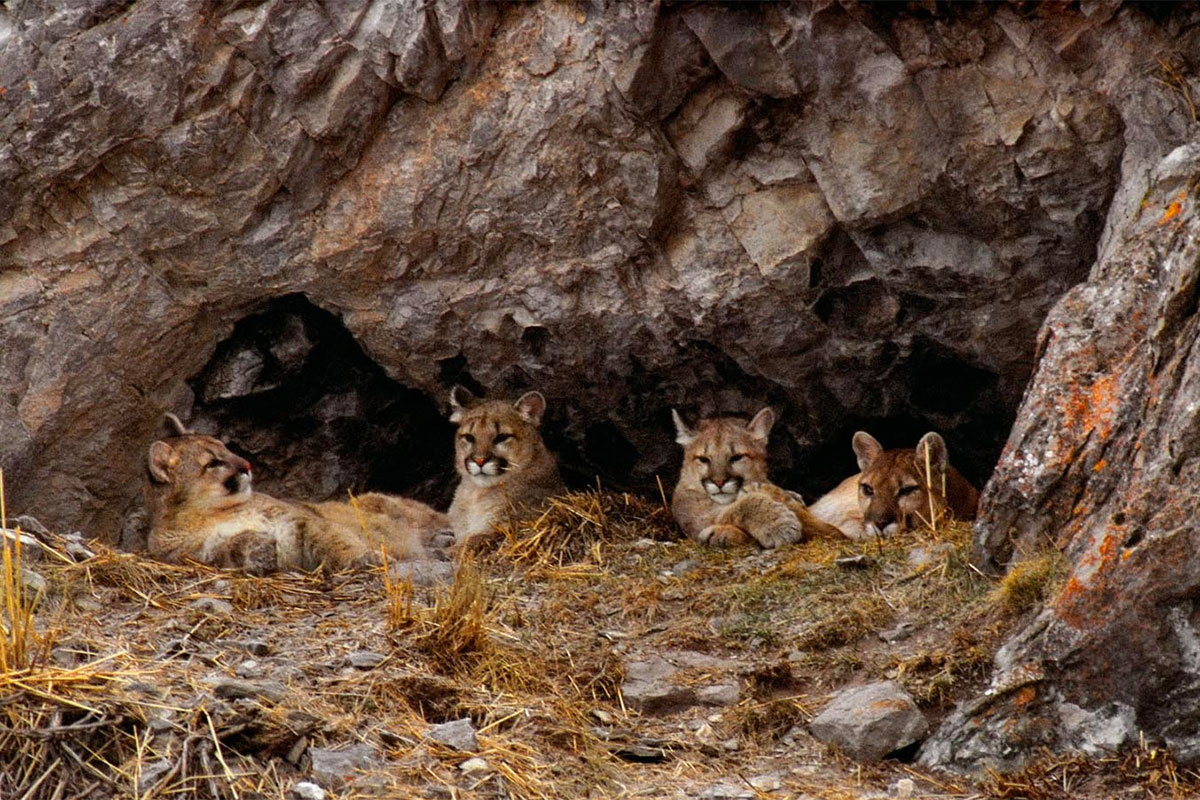 © Thomas D. Mangelsen
https://cougarfund.org/wp-content/uploads/2022/08/FemalesKittens.jpg
800
1200
Penny
https://cougarfund.org/wp-content/uploads/2022/08/CougarFundBlack.png
Penny2025-02-16 14:22:002025-02-16 14:29:01A Victory for Lions. The Cougar Fund’s long serving Directors help defeat Wyoming’s notorious cougar bill
© Thomas D. Mangelsen
https://cougarfund.org/wp-content/uploads/2022/08/FemalesKittens.jpg
800
1200
Penny
https://cougarfund.org/wp-content/uploads/2022/08/CougarFundBlack.png
Penny2025-02-16 14:22:002025-02-16 14:29:01A Victory for Lions. The Cougar Fund’s long serving Directors help defeat Wyoming’s notorious cougar bill

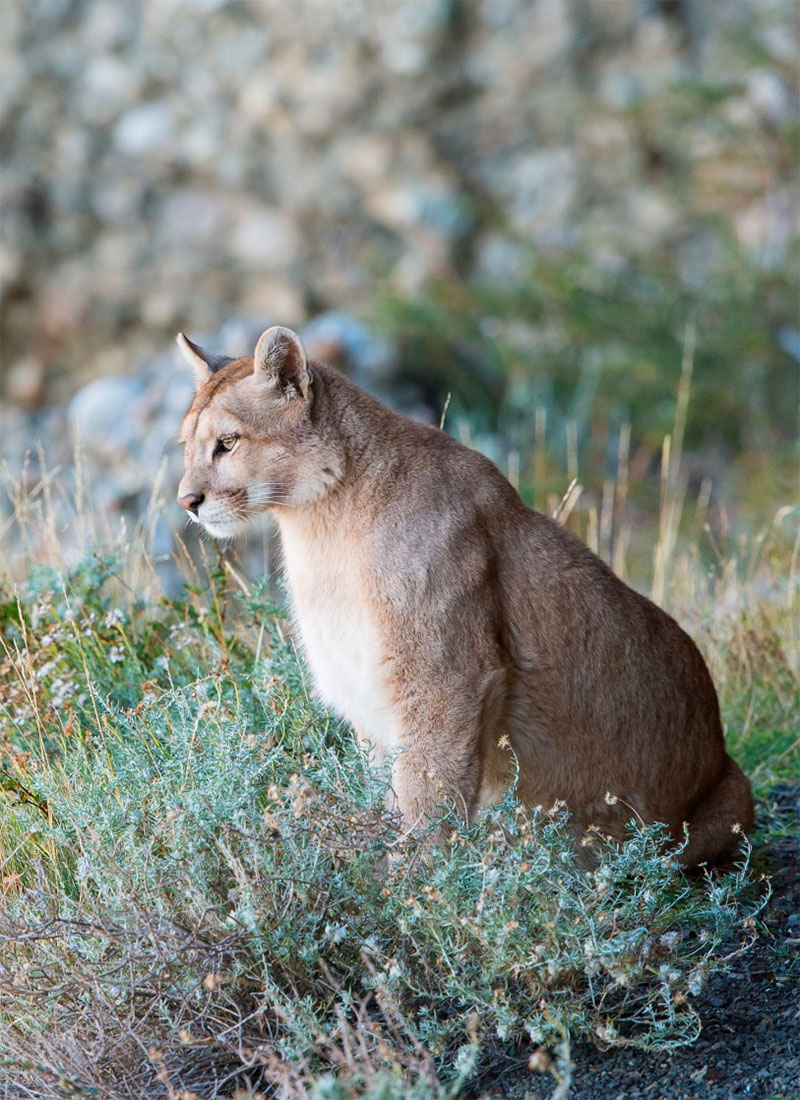
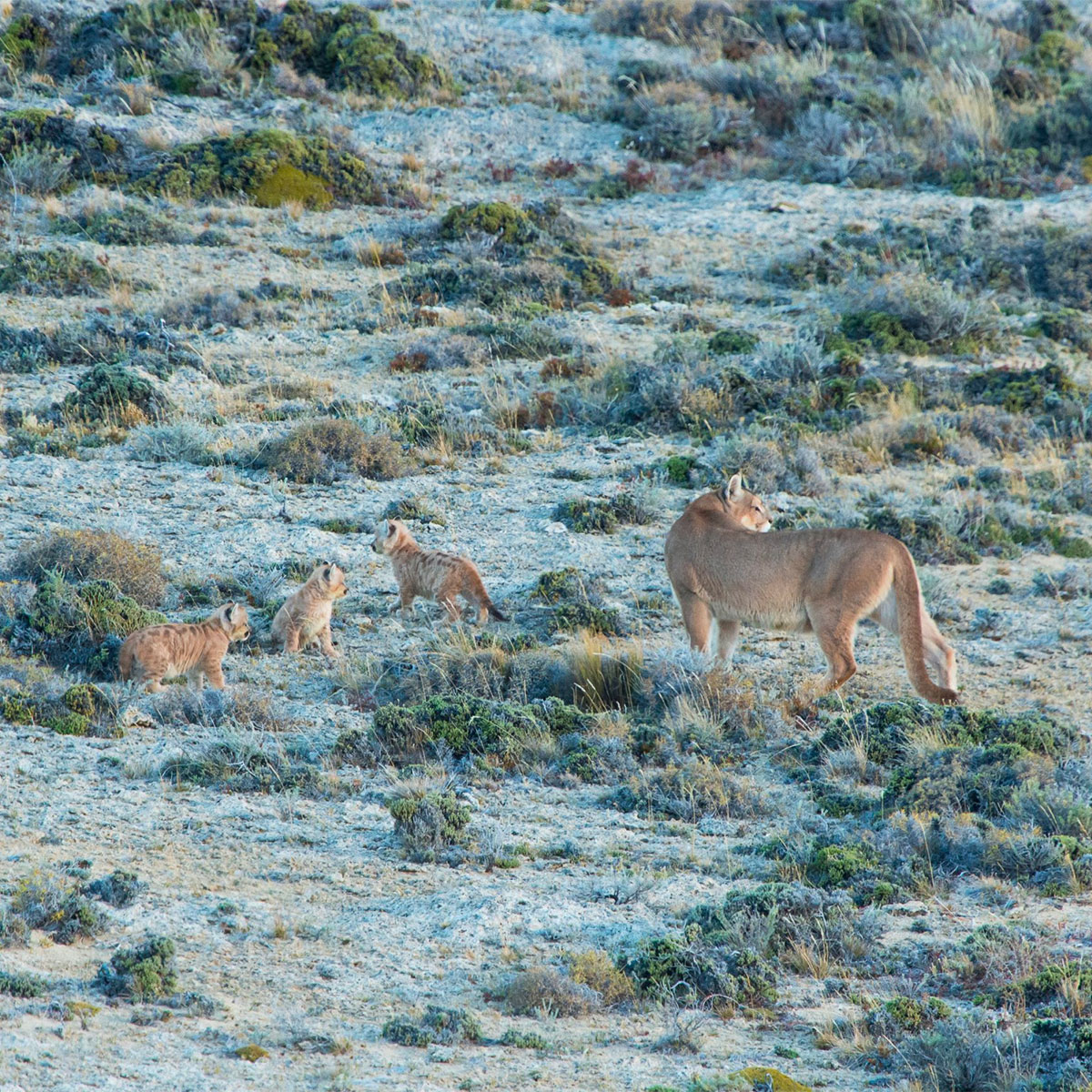
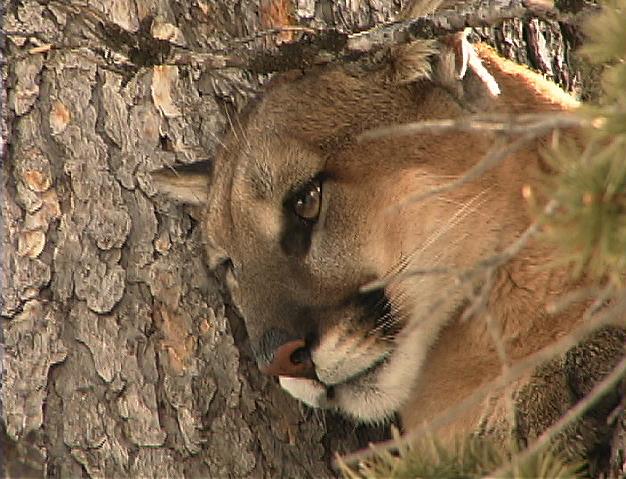 Cara Blessley Lowe
Cara Blessley Lowe